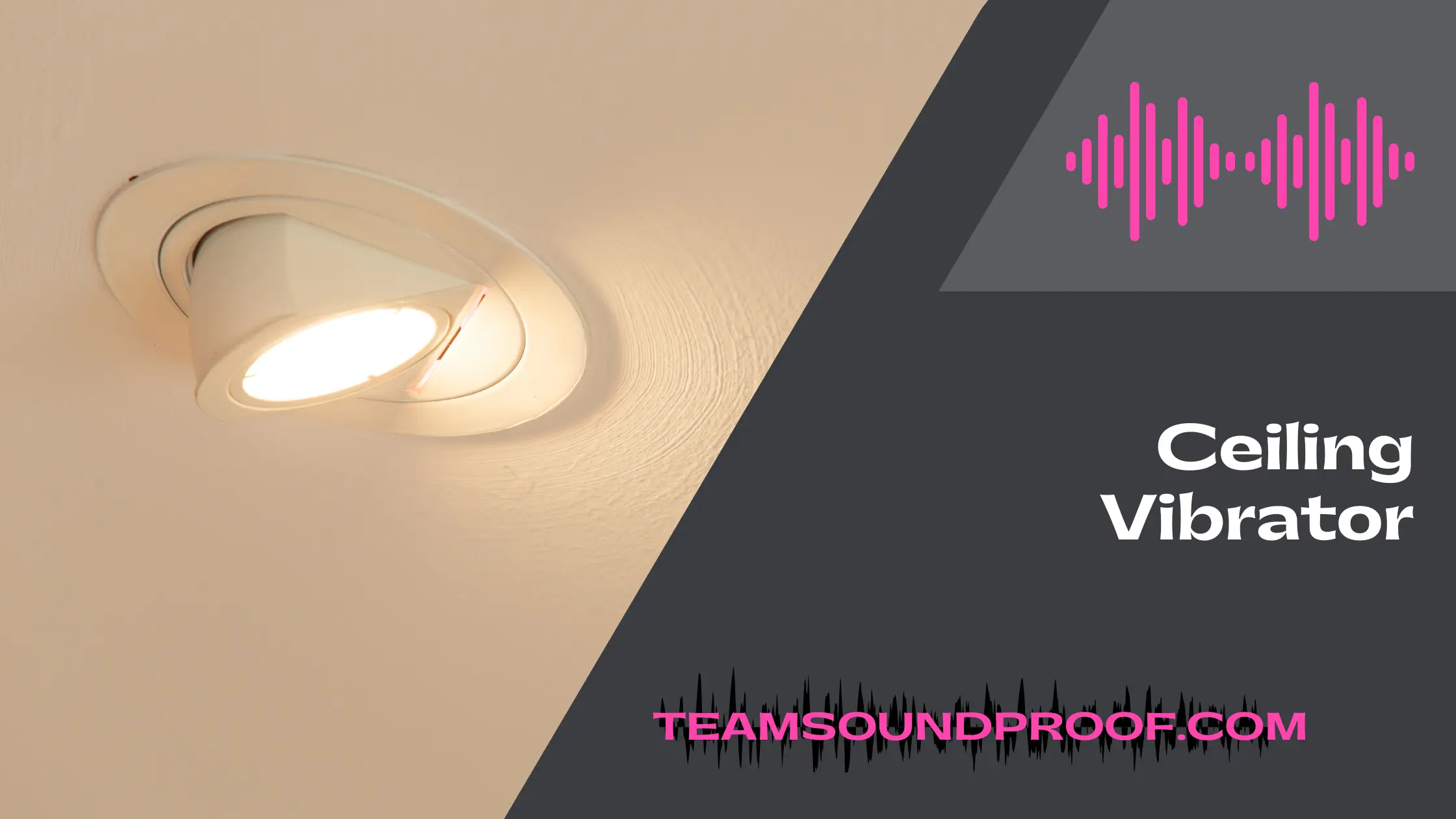If you live in an apartment complex, chances are you’ve heard your neighbors through the walls. No one wants to be kept up all night by a loud TV or have a conversation interrupted by someone else’s phone call. Luckily, there are ways to soundproof a wall between apartments and minimize the noise transfer. In this guide, we’ll go over the different methods and explain which is best for your needs. So, whether you’re looking to reduce noise from footsteps or speech, read on for tips on how to soundproof a wall between apartments?
Methods for Soundproofing a Wall Between Apartments:
There are several methods for soundproofing a wall between apartments, and the best one for you will depend on your needs. If you’re looking to reduce noise from footsteps, for example, you’ll want to use a different method than if you’re trying to minimize speech. Here are some of the most popular methods for soundproofing a wall between apartments:
- Mass-loaded vinyl: This is a thin, flexible material that can be applied to walls and ceilings. It’s ideal for reducing noise from footsteps and other low-frequency sounds.
- Soundproofing paint: This special type of paint contains particles that help absorb sound. It’s a good option if you’re looking to minimize noise from speech and other high-frequency sounds.
- Resilient channels: These are metal channels that are attached to the studs in your wall. They help decouple the drywall from the studs, which reduces noise transfer.
- Soundproofing foam: This is a flexible, lightweight material that can be applied to walls and ceilings. It’s effective at reducing noise from all frequencies, making it a good option if you’re not sure which type of sound you need to reduce.
- Acoustic panels: These are rigid panels that are typically made of fiberglass or another absorbent material. They’re designed to absorb sound, making them a good option for reducing noise from all frequencies.
- Furniture: If you are looking to soundproof a wall between apartments, there are a few things you can do. First, you can try adding some thick furniture to the room. This will help to absorb some of the noise. You can also try hang curtains or even blankets on the walls to help dampen the sound. You can also buy special foam panels that are designed to soundproof a room. These can be placed on the walls or ceiling and will really help to reduce the amount of noise that comes through. Whatever method you choose, make sure to add as many layers as possible to help reduce the amount of noise that comes through.
Which Method Is Best For Soundproofing A Wall Between Apartments?
The best method for soundproofing a wall between apartments will depend on your needs. If you’re looking to reduce noise from all frequencies, acoustic panels or soundproofing foam may be the best option. If you’re only concerned with reducing low-frequency noise, mass-loaded vinyl may be the better choice. And if you’re trying to minimize noise from high-frequency sounds, soundproofing paint could be the best option.
No matter which method you choose, soundproofing a wall between apartments can help reduce noise transfer and make your home more comfortable.
Tips and Tricks:
- If you live in an apartment, chances are that you’re not the only one with thin walls. No matter how considerate your neighbors are, there will always be some noise pollution coming from adjacent apartments. Soundproofing your walls is one of the best ways to reduce this unwanted noise and make your home a more peaceful place.
- While there are many ways to soundproof a wall, some are more effective than others. For example, using acoustic panels is a great way to deaden soundwaves as they travel through the wall. These panels can be placed on either side of the wall to help reduce noise pollution from both sides.
- Another way to soundproof a wall is by filling any gaps or cracks with soundproofing materials. This will help to reduce the amount of noise that can pass through the wall and make your home a more peaceful place.
- If you’re looking for a more permanent solution, consider installing soundproofing materials between the studs in your walls. This will help to reduce noise transfer and make your home more comfortable.
Another way to soundproof a wall is by filling any gaps or cracks with soundproofing materials. This will help to reduce the amount of noise that can pass through the wall and make your home a more peaceful place.
Conclusion:
Noise pollution is a real issue, and if you’re living in an apartment building, the last thing you want is to be disturbed by your neighbors. We hope this guide has shown you that soundproofing a wall between apartments isn’t as difficult or expensive as you may have thought. If you follow our tips, not only will you create a more peaceful living environment for yourself, but you may also increase the value of your property. Have any questions about how to soundproof a wall? Leave them in the comments below and we’ll do our best to help.






